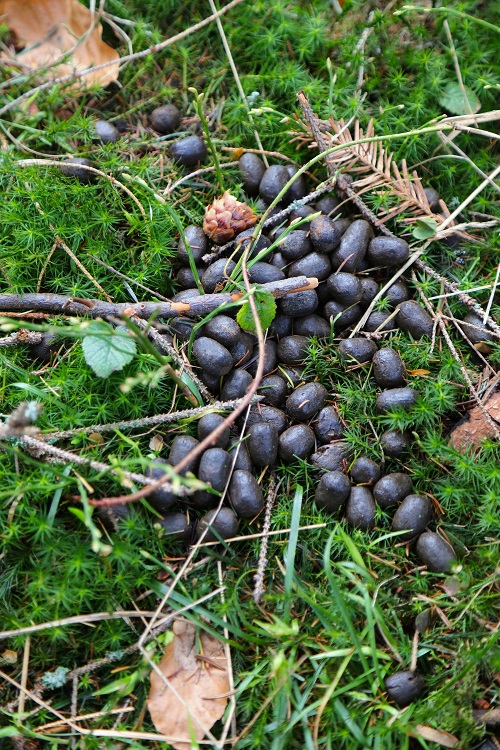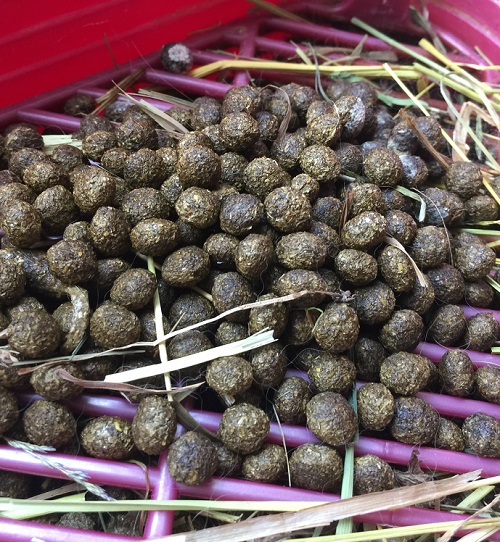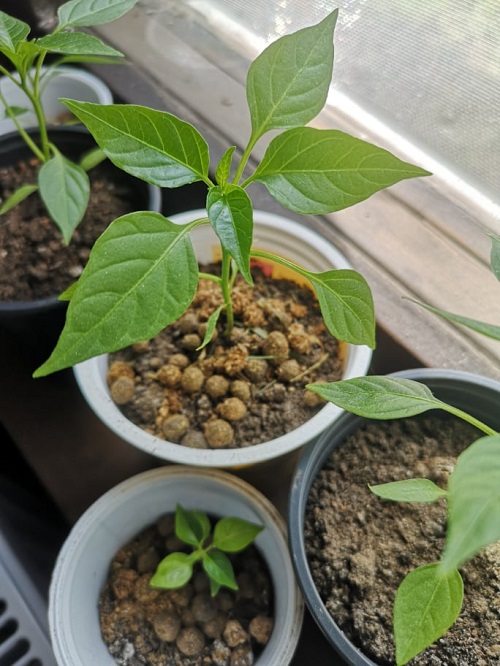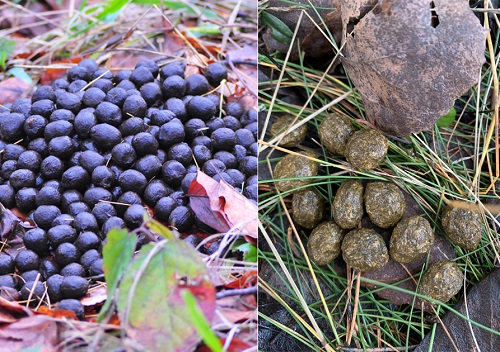Identify whether deer or rabbits are visiting your garden or backyard with this guide – Deer Poop vs Rabbit Poop!
If rabbits and deer are common in your locality, but you’re unsure who is damaging your plants, understanding the differences in their poop is helpful. With this knowledge, you can easily determine the real culprit and take action accordingly.
Deer Poop: Description

Deer poop, also called ‘scat,’ are dark brown to black-hued, cylindrical pellets-like droppings. They are 1/2 to 5/8 inches in diameter and scattered in piles. However, their appearance varies depending on the deer’s diet and age. Deer droppings are commonly found in open fields and forested areas, thus a potential concern for gardeners living near such habitats.
Rabbit Poop: Description

Rabbit feces, also termed “droppings” or “fecal pellets,” differ significantly from deer droppings. They are dark brown, compact, and spherical in shape, resembling tiny beads. Rabbit fecal pellets are frequently seen in backyards, agricultural fields, and areas where rabbits forage for food.
Deer Poop vs. Rabbit Poop: Key Differences
1. Size
Deer poop are 1/2 to 5/8 inches in diameter, while rabbit droppings are much smaller, 7mm – 12mm in size. The difference in size is quite noticeable, thus an important initial indicator.
2. Moisture Content
Fresh deer scat tends to be moister and slightly glossy, whereas rabbit pellets are dry, hard, and lack moisture. This can be an important clue to differentiate between the deer and rabbit poop.
3. Color
Coloration can vary, but fresh deer droppings tend to be dark brown to black. While rabbit fecal pellets are deep brown in hue.
4. Grouping
Deer tend to defecate in small groups or piles, often called “scat groups.” These piles can accumulate over time in specific areas. However, rabbits scatter their droppings individually or in smaller clusters throughout their feeding areas.
Rabbit Poop vs Deer Poop: Environmental Impact

Impact of Rabbit Poop
1. Soil Fertility
Rabbit feces are rich in nitrogen and phosphorus, which are natural fertilizers. When these droppings decompose, they enrich the soil, aiding the growth of plants and crops in agricultural areas.
2. Improves Soil Moisture Retention
In addition to enhancing soil fertility, rabbit droppings can also improve the water-holding capacity of soil. This benefits both natural ecosystems and agricultural lands, increasing crop yield and reducing the need for synthetic fertilizers.
Impact of Deer Poop
1. Nitrogen Cycling
Deer droppings are packed with nitrogen, so using them in the garden benefits various plants. However, their overuse can cause nutrient imbalances, adversely affecting plant health.
2. Poses Health Risks
Deer feces harbor E. coli and giardia, which are harmful to human health. They can cause various health issues by contaminating water supplies and agricultural produce.

